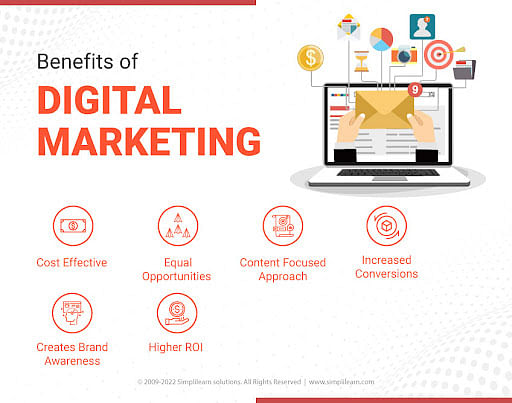Overview of digital marketing
Digital marketing is the component of marketing that uses the Internet and online based digital technologies such as desktop computers, mobile phones and other digital media and platforms to promote products and services.[2][3] Its development during the 1990s and 2000s changed the way brands and businesses use technology for marketing. As digital platforms became increasingly incorporated into marketing plans and everyday life,[4] and as people increasingly use digital devices instead of visiting physical shops,[5][6] digital marketing campaigns have become prevalent, employing combinations of search engine optimization (SEO), search engine marketing (SEM), content marketing, influencer marketing, content automation, campaign marketing, data-driven marketing, e-commerce marketing, social media marketing, social media optimization, e-mail direct marketing, display advertising, e–books, and optical disks and games have become commonplace.
The development of digital marketing is inseparable from technology development. One of the first key events happened in 1971, when Ray Tomlinson sent the first email, and his technology set the platform to allow people to send and receive files through different machines.[9] However, the more recognizable period as being the start of Digital Marketing is 1990 as this was where the Archie search engine was created as an index for FTP sites. In the 1980s, the storage capacity of computers was already big enough to store huge volumes of customer information. Companies started choosing online techniques, such as database marketing, rather than limited list broker.[10] These kinds of databases allowed companies to track customers' information more effectively, thus transforming the relationship between buyer and seller. However, the manual process was not as efficient.

Comments
Post a Comment